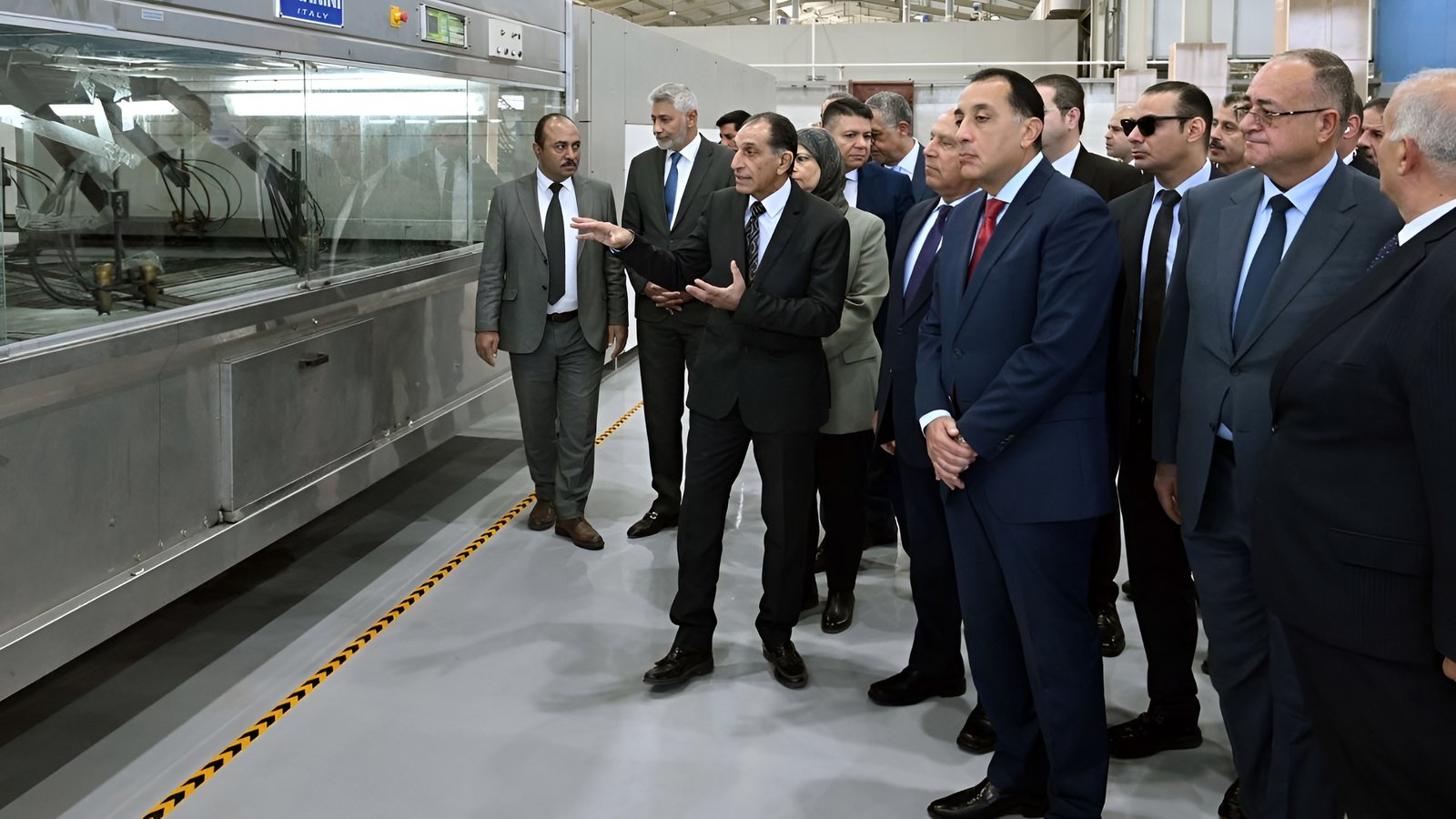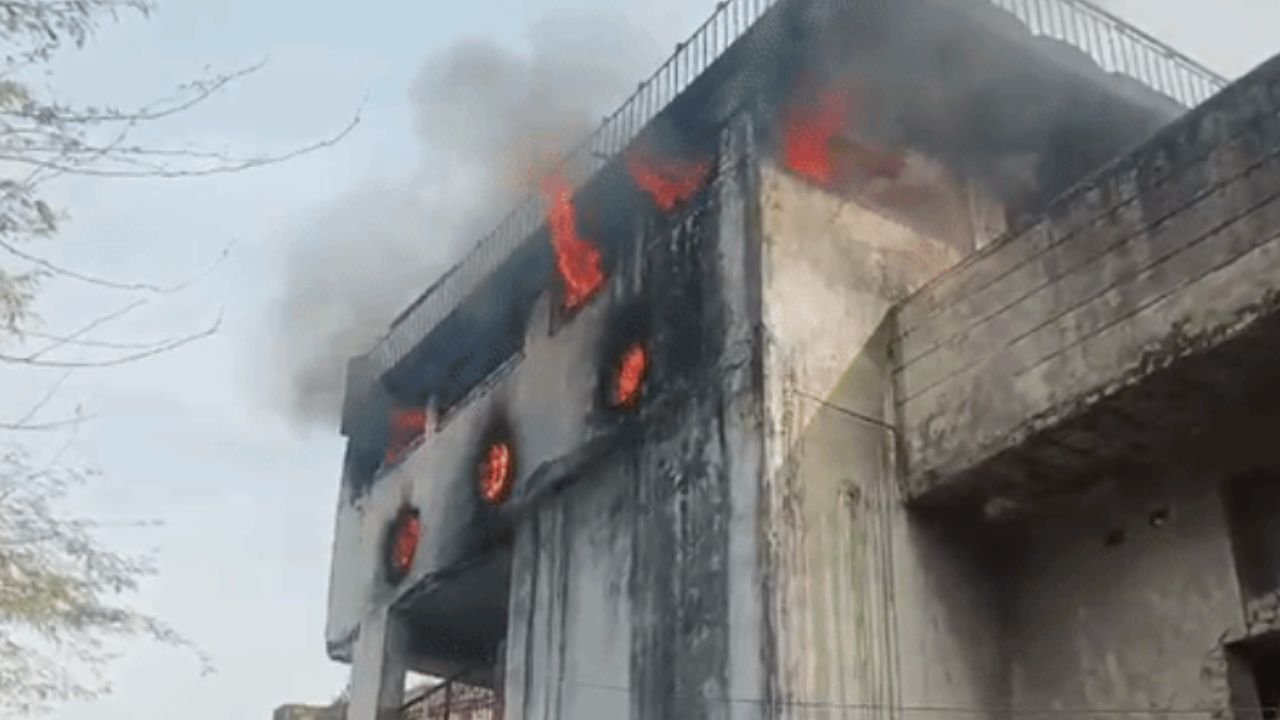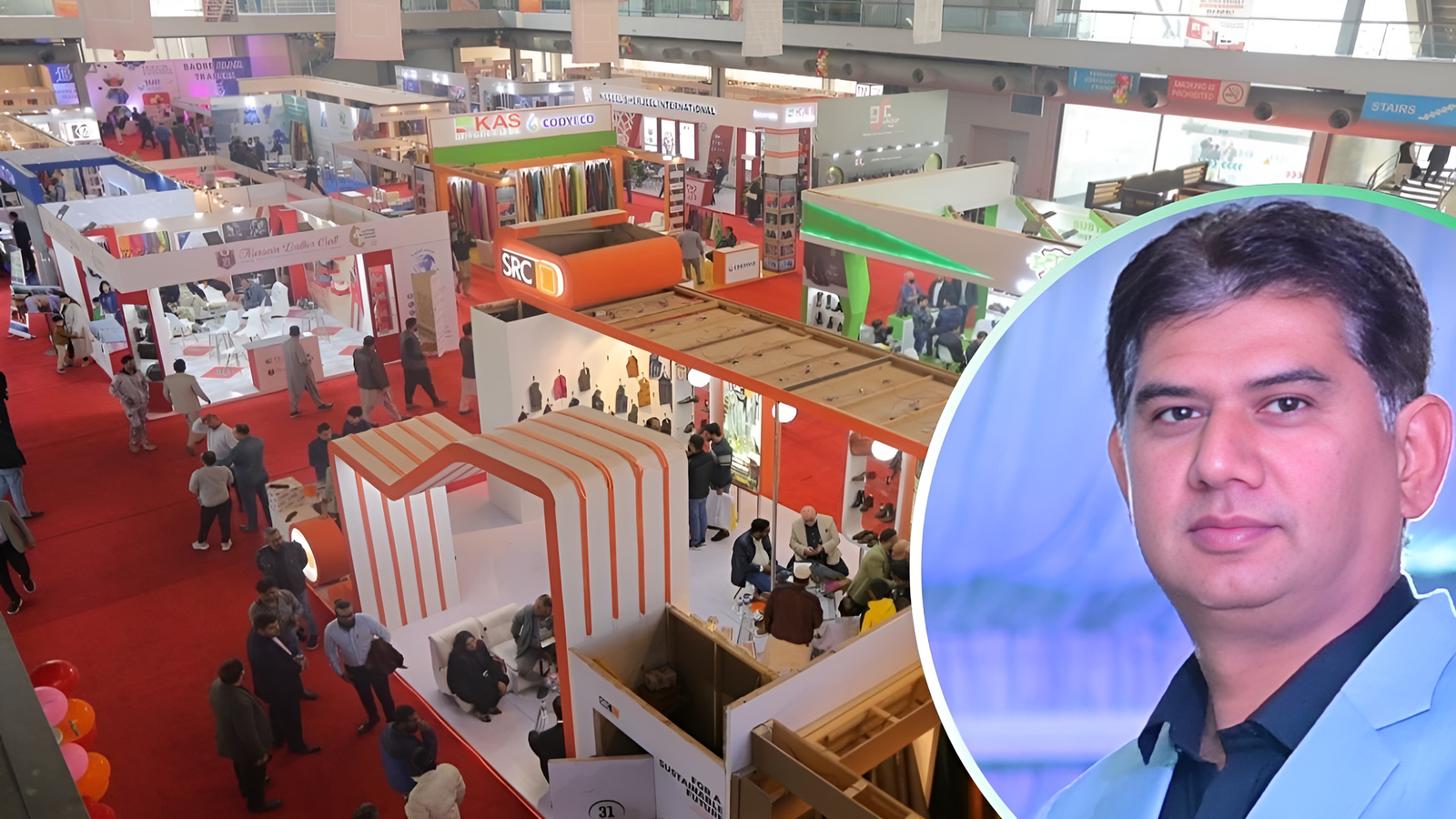With a rich heritage of craftsmanship and a robust supply chain, Bangladesh’s leather sector stands as the second-largest export earner for the country. Recognizing its significant growth and investment potential, the government has declared it a thrust sector. This sector is notably labour – Intensive, with 60% of its workforce being female, according to the Leather goods & Footwear Manufacturers & Exports Association of Bangladesh (LFMEAB).
Key Statistics of Bangladesh’s Leather Industry
| Category | Value |
|---|---|
| Number of Leather Factories | 271 |
| Large Firms | 90 |
| Big Enterprises | 15 |
| Annual Forex Earnings (2022-2023) | US$1.12 billion |
| Decrease in Forex Earnings from Previous Year | 1.73% |
| Annual Leather Production | 350 million square feet |
| Annual Footwear Production | 400 million pairs |
| Annual Leather Belt Production | 1.7 billion units |
| Annual Bag Production | 80.22 million pieces |
| Annual Small Leather Goods Production | 3.1 billion pieces |
| Leather Goods Import Increase (last 10 years) | $15 million to $22 million |
| Non-Leather Footwear Import Increase (last 10 years) | $35 million to $177 million |
| Export Earnings Target by 2030 | $5 billion |
| Primary Export Markets | EU, US, Japan, China |
| Major Domestic Manufacturing Hubs | Bhairab, Brahmanbaria |
Industry Overview and Economic Impact
Currently, Bangladesh hosts 271 leather factories, including 90 large firms, 15 big enterprises, and numerous SMEs. Despite compliance issues that hinder its growth, the leather industry remains one of the few sectors fetching billion-dollar foreign exchange annually.
In the fiscal year 2022-2023, the industry earned $1.12 billion, although this was a 1.73% decrease from the previous year, signaling a continuous decline in forex earnings. However, the domestic market is witnessing healthy growth.
From Rawhide to Finished Products
Bangladesh produces approximately 350 million square feet of leather annually, making it one of the world’s top leather producers. The sector primarily relies on cattle hides, benefiting from the country’s favorable climatic conditions and abundant livestock, ensuring a steady supply of high-quality rawhide.
The industry involves a sophisticated manufacturing process, transforming rawhide into finished leather products like footwear, bags, belts, wallets, and jackets. Unlike the readymade garments (RMG) sector, the leather industry is not reliant on imports for raw materials.
Footwear is the most prominent segment, with an annual production exceeding 400 million pairs. Other products include an estimated 1.7 billion units of leather belts, 80.22 million pieces of bags, and 3.1 billion pieces of small leather goods.
Three Bangladeshi companies have received global certifications from quality assurance bodies like the Leather Working Group (LWG), enhancing their credibility in the international market. Recent technological advancements have significantly boosted the efficiency and quality of leather product manufacturing. The industry enjoys preferential market access to the European Union, Japan, South Korea, China, Australia, and India.
Challenges and Opportunities
The tannery sector, the backbone of the leather industry, comprises over 200 tanneries primarily located in the Savar Tannery Industrial Estate. This estate was established to centralize operations and minimize environmental pollution, a move from the previously scattered locations in Dhaka.
The Central Effluent Treatment Plant (CETP) was a crucial initiative for treating the substantial wastewater generated by tanneries. However, the CETP at Hemayetpur, Savar, is not fully functional despite the relocation of tanneries eight years ago, causing certification issues and limiting exports.
This non-functionality has led to a scenario where factories at the estate cannot secure the required LWG certification, hampering their ability to export to high-end international brands. Consequently, a significant portion of exports comprises animal hides, which are processed into finished goods abroad and then imported back, often at higher prices.
In the last decade, the import of leather goods and footwear has increased substantially, with leather goods imports rising from about $15 million to $22 million and non-leather footwear imports soaring from around $35 million to $177 million.
Market Dynamics and Growth Potential
Despite challenges, the leather and leather goods industry remains a major export earner. The primary markets include the EU, the United States, Japan, and China, with footwear accounting for the majority of exports, followed by leather goods and finished leather.
The global demand for leather products is driven by changing fashion trends and increased consumer spending power, presenting significant growth opportunities for Bangladesh.
Competitive labor costs and expanding manufacturing capabilities position Bangladesh to capture a larger share of the global market. Investments in sustainable and eco-friendly tanning processes could unlock new opportunities in the environmentally conscious global market.
The domestic market also shows promise, with new manufacturing hubs emerging in areas like Bhairab and Brahmanbaria, driven by cheaper rawhide and rising middle-class purchasing power.
Government Initiatives and Future Prospects
Recognizing the leather industry’s potential, the Bangladeshi government has implemented various initiatives, including financial incentives for exporters, infrastructural developments, and workforce training programs.
The Leather and Leather Goods Development Policy aims to increase export earnings from the sector to $5 billion by 2030. This policy focuses on modernizing the industry, improving compliance with environmental regulations, and fostering innovation.
Conclusion
The future of Bangladesh’s leather industry hinges not just on expanding production and exports but also on building a sustainable and responsible sector that contributes positively to the economy and the environment. With strategic investments and government support, the industry is set to overcome its challenges and realize its full potential on both domestic and international fronts.
This story was written by The Business Standard Bangladesh. Here is the article’s link for a detailed study.












